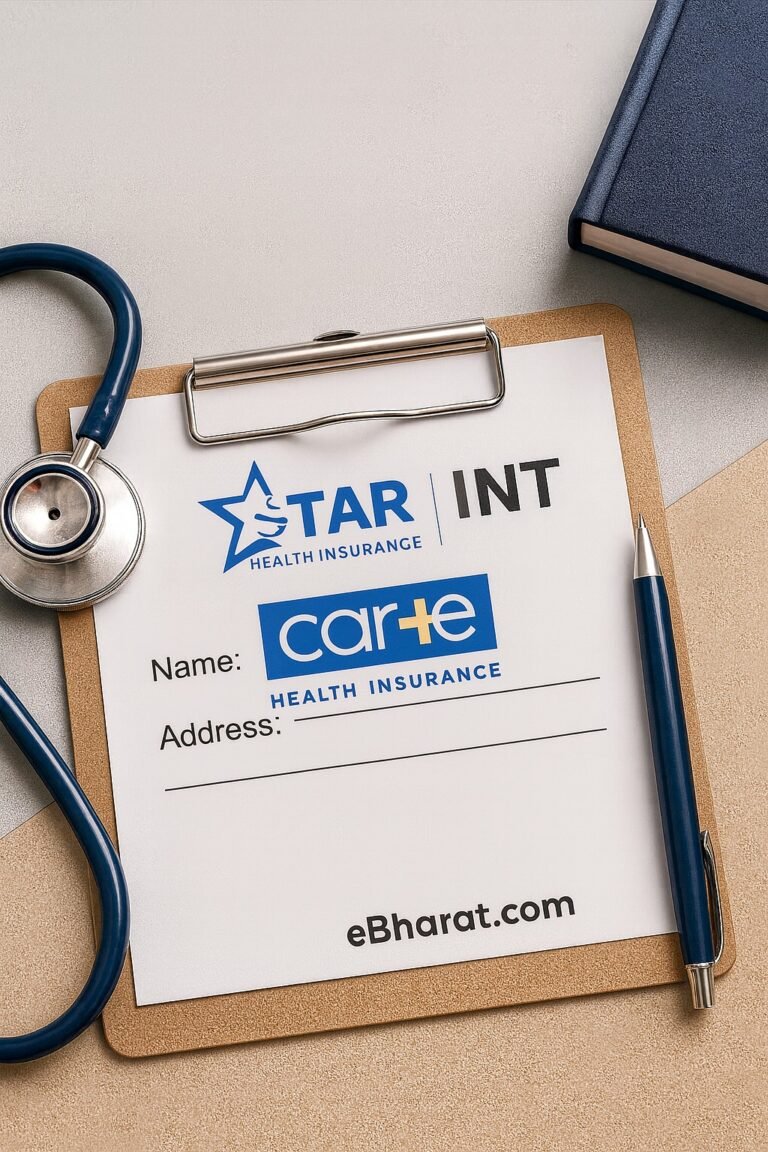
The Insurance Regulatory and Development Authority of India (IRDAI) has asked all life, general, health, and reinsurance companies to complete their second study on the Risk-Based Capital (RBC) framework by October 15, 2025. This marks a major regulatory milestone as India moves closer to adopting global best practices in insurance capital requirements.
Deadline: October 15, 2025
Study: Quantitative Impact Study (QIS 2)
Applies to: Life, General, Health, Reinsurers, FRBs, Lloyd’s India
Base Data: Actuarial valuations as of March 31, 2025
Aim: Align India’s insurance capital norms with international standards
- What is the Risk-Based Capital (RBC) framework?
The RBC framework is a globally adopted system that ensures insurers hold sufficient capital relative to the risks they underwrite. Instead of applying a uniform capital requirement, it tailors capital levels based on company-specific risk exposures such as underwriting, credit, market, and operational risks. - What is QIS 2 and why now?
IRDAI had earlier conducted QIS 1 in 2023 to gather industry-level insights. QIS 2, using data as of March 31, 2025, will provide more refined results to calibrate India’s future RBC norms. Insurers are expected to run actuarial stress tests, financial models, and provide detailed reports. - Who is impacted?
The directive covers all categories—life insurers like LIC and private players, general insurers, standalone health insurers, reinsurers (including foreign branches), and Lloyd’s India. This ensures a uniform approach and prepares the industry for a smooth transition. - What challenges lie ahead?
Smaller insurers may find compliance difficult due to limited actuarial and risk management infrastructure, while larger insurers are better positioned with dedicated risk teams. The short submission window (till October 15, 2025) may also put pressure on resources. - How does this benefit policyholders?
By ensuring insurers are better capitalized and risk-aware, the RBC framework strengthens the overall stability of the insurance sector. For policyholders, this means greater confidence that insurers can meet claim obligations even during financial stress.
Why It Matters
The October deadline is not just a compliance exercise—it’s part of a larger regulatory shift. IRDAI is preparing India’s insurance industry to match international solvency standards, improve resilience, and attract global capital. For consumers, it translates to a more secure and reliable insurance ecosystem in the coming years.
With the deadline approaching, insurers must accelerate preparations. For the Indian insurance sector, this marks the beginning of a new era of transparency, accountability, and financial strength.
For readers interested in IRDAI’s parallel efforts to improve customer redressal, see our coverage on Internal Ombudsmen for faster complaint resolution.













